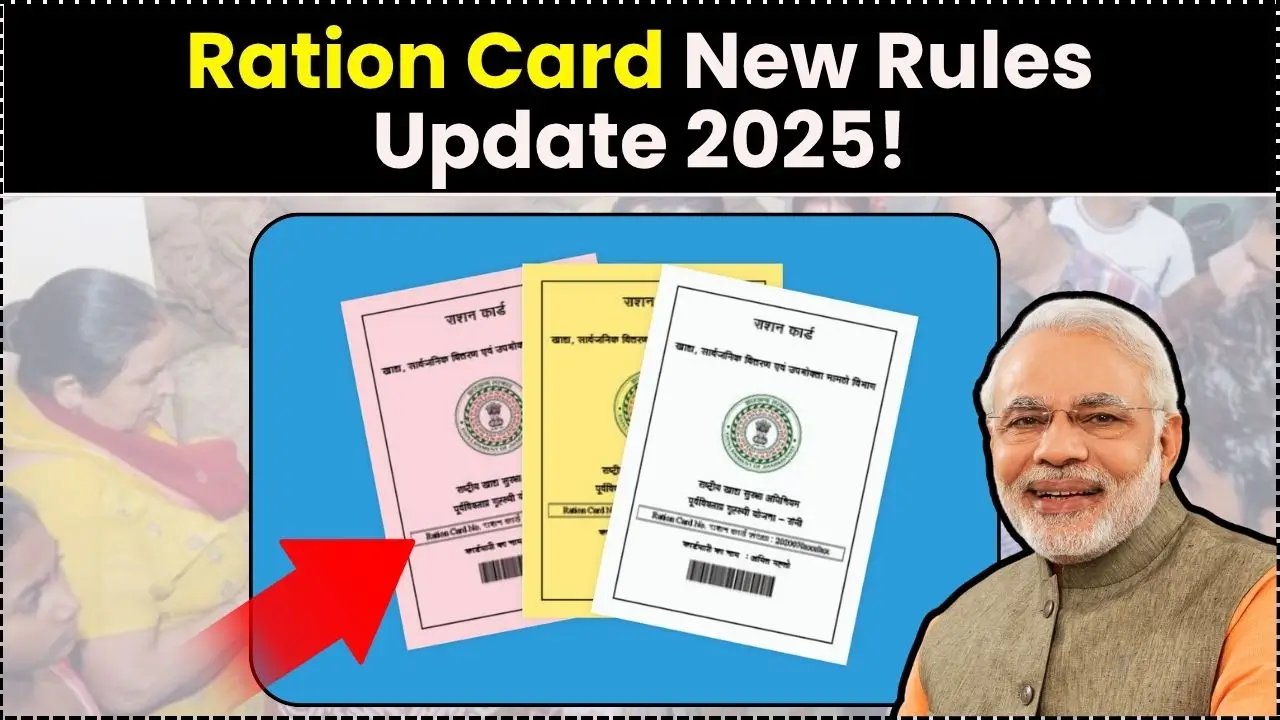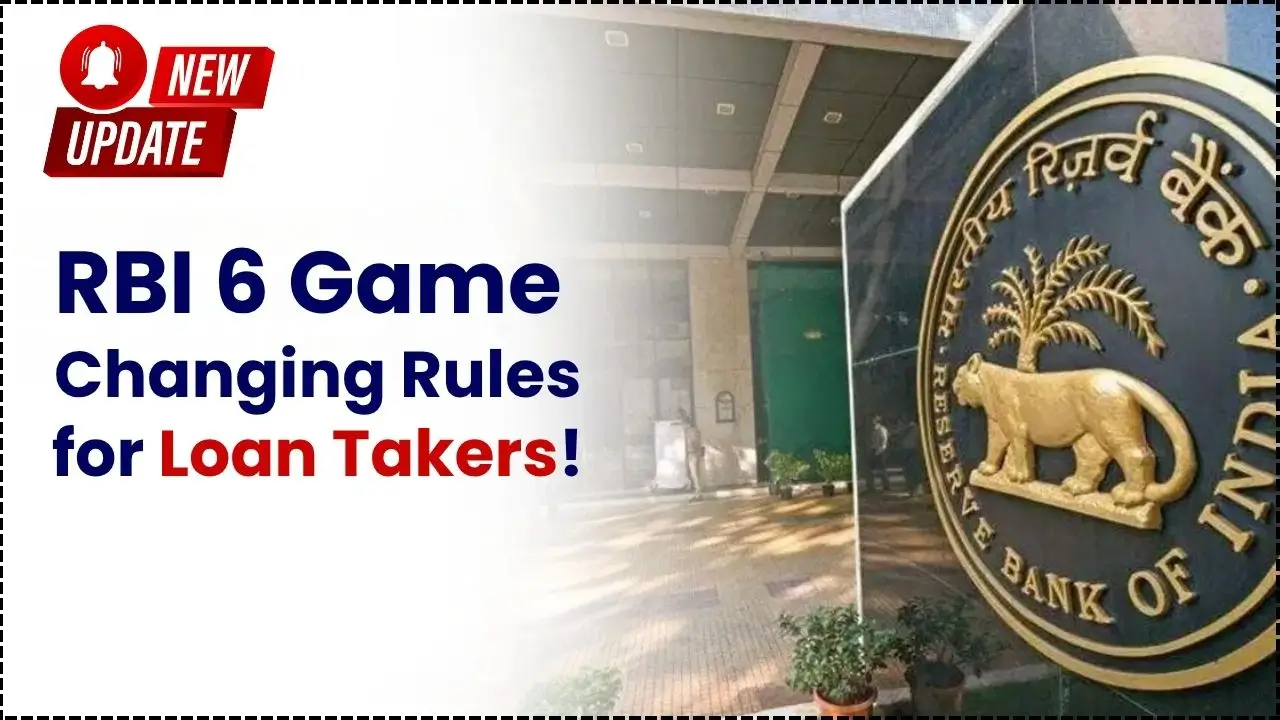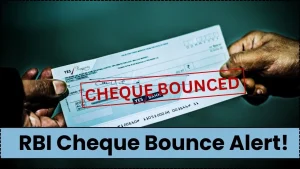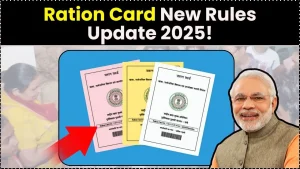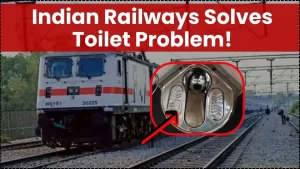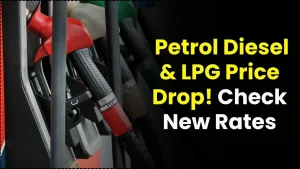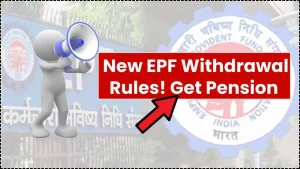The claim that DAp & Urea now completely free for farmers has been widely circulated, but official documents show the policy remains one of deep subsidy rather than zero cost. This article examines what the government has announced, what farmers actually pay, and what this means for the agricultural sector.
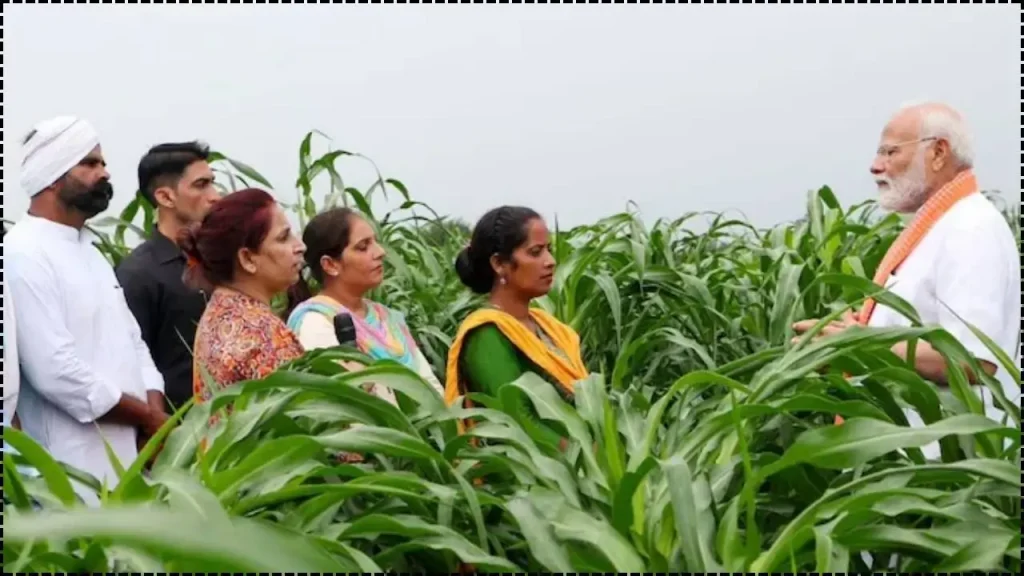
While the headline “India offers DAP & urea completely free” is not supported by official policy, the government has significantly reinforced its subsidy system to keep fertiliser costs low for farmers. The change should be seen as continued deep subsidy and price‐protection, rather than absolute zero cost. Farmers should remain alert on actual prices, ensure timely supply, and account for remaining costs in their input planning.
What the Government Has Announced
Under the Nutrient Based Subsidy (NBS) Scheme for phosphatic and potassic (P&K) fertilisers, the central government has approved a subsidy of ₹37,952 crore for the Rabi 2025-26 season (October 2025 to March 2026) to ensure affordable availability of fertilisers such as Di‑Ammonium Phosphate (DAP).
The official press release states: “Government is making available 28 grades of P&K fertilisers including DAP to farmers at subsidised, affordable and reasonable prices.”
On urea, current policy fixes the maximum retail price (MRP) of a 45 kg bag at ₹242, which has remained unchanged since March 2018, while the government covers the remaining cost via subsidy. In short: fertilisers remain subsidised — they are not free under the official programme.
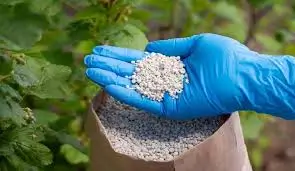
Why the “Free Fertiliser” Claim Is Misleading
Subsidy Versus Zero Cost
While the government covers a large portion of fertiliser cost for farmers, the actual retail price is still charged. For example, the MRP of urea remains ₹242 per 45 kg bag for farmers. For DAP, while additional subsidies have been provided (e.g., a one-time special package of ₹3,500 per tonne from April 2024 to March 2025), this is on top of the NBS subsidy and aims to hold the MRP at an affordable level (about ₹1,350 per 50 kg bag in some states).
Sectoral and Fiscal Constraints
According to the budget estimates, the fertiliser subsidy bill for FY 2025-26 is projected at around ₹1.92 lakh crore, a 15 % increase over previous estimates. This indicates that while subsidies are high, completely eliminating the cost to farmers would impose much higher fiscal burden.
Supply & Pricing Stability Focus
The recent policy emphasises ensuring no increase in MRP for fertilisers like DAP and TSP (triple super phosphate), amid rising global input costs for phosphoric acid and sulphur. Thus, the relief is one of price stability and subsidy augmentation rather than outright free distribution.
Impact on Farmers and the Agricultural Sector
Short-Term Relief for Input Costs
Farmers face rising input costs such as fertilisers and fuel, so subsidies that prevent price hikes can help maintain margins. For example, states report sufficient stocks: in Uttar Pradesh authorities reported 5.95 lakh metric tonnes of urea and 3.91 lakh mt of DAP available for the Kharif season. This availability, coupled with heavy subsidies, reduces risk of disruption.
Long-Term Sustainability and Balanced Use
Agricultural experts caution that over-reliance on fertiliser subsidies without promoting soil health and balanced nutrient use can lead to environmental and economic costs. According to the Indian Council of Agricultural Research (ICAR), long-term experiments indicate that chemical fertilisers must be used judiciously.
Opportunity for Policy Reform
The subsidy structure continues to favour urea (nitrogen fertiliser) heavily, which can distort nutrient balance in soils. The NBS scheme attempts to push more balanced use of P and K fertilisers. There is also scope to increase logistics support, monitoring of retail distribution and digital tracking.
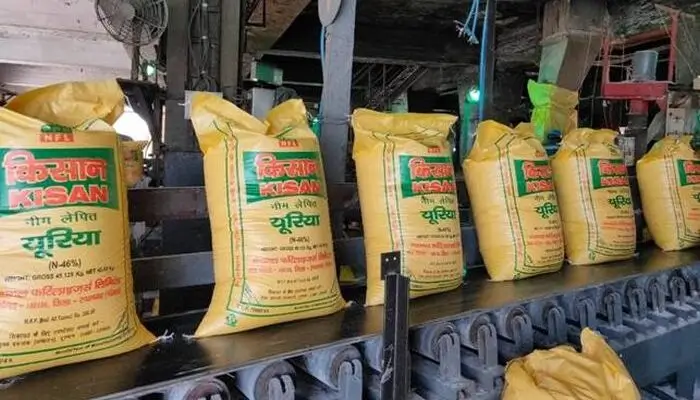
Related Links
What Farmers and Stakeholders Should Know
- Check MRP at your fertiliser dealer: Even if a bag of urea is still ₹242 and DAP is about ₹1,350 (depending on state).
- Ensure timely procurement: States have been directed to maintain stocks and not shut down urea plants in FY 2025-26 to avoid shortages.
- Be aware of rationing or hoarding risks: Some states have flagged issues of black-marketing and uneven distribution.
- Plan crop input budgets accordingly: While cost is subsidised, you still pay retail; factor it into seed, labour and other costs.
Broader Context and Challenges
Global Market Pressures
Fertiliser input costs such as phosphoric acid and sulphur have risen significantly (e.g., phosphoric acid rose from approx. USD 1,055 per tonne in June to USD 1,258 by September) and landed price increases drive subsidy pressure. These global trends make it harder for the government to absorb full costs indefinitely.
Fiscal Implications
With subsidy outlays projected to rise sharply, the government faces the twin challenge of supporting farmers and managing fiscal sustainability. The approximate ₹1.9 lakh crore budget for FY 2025-26 underscores this tension.



